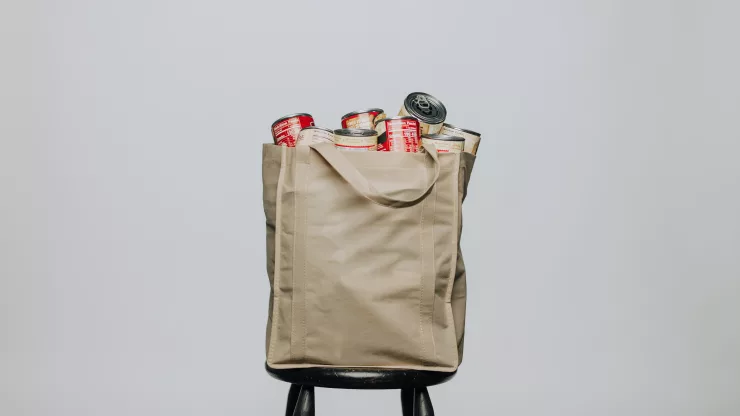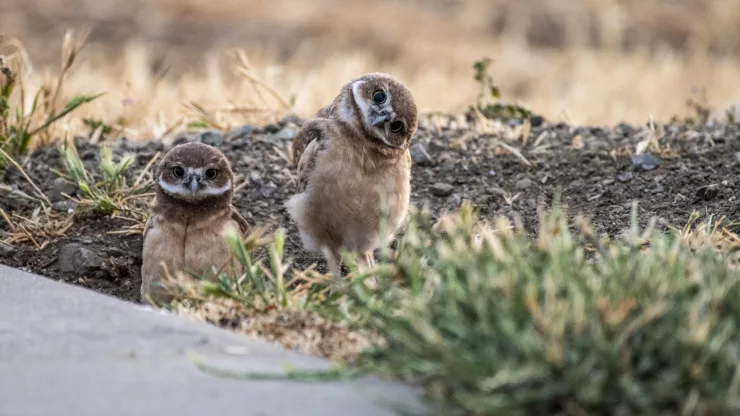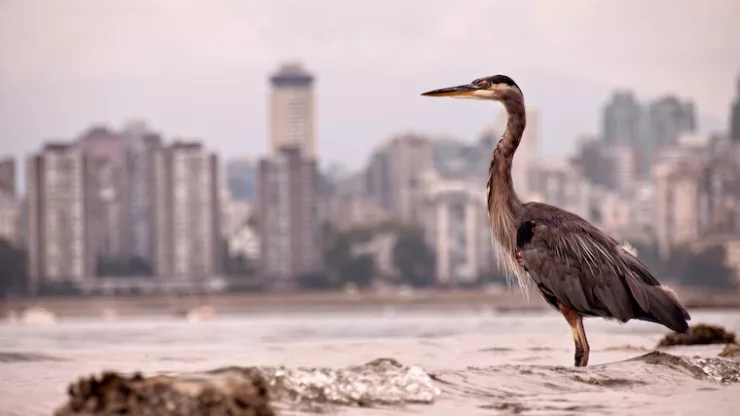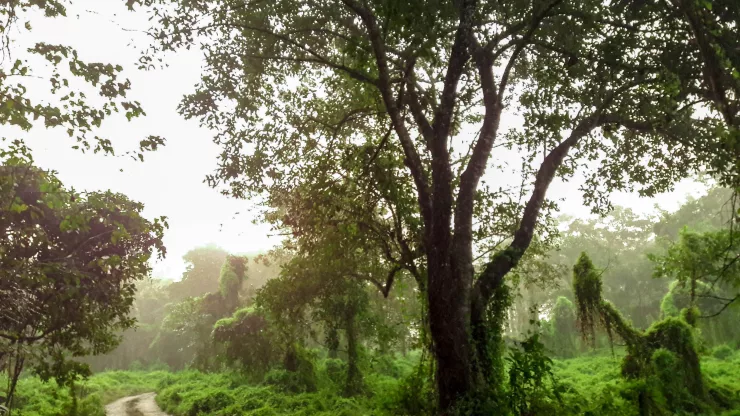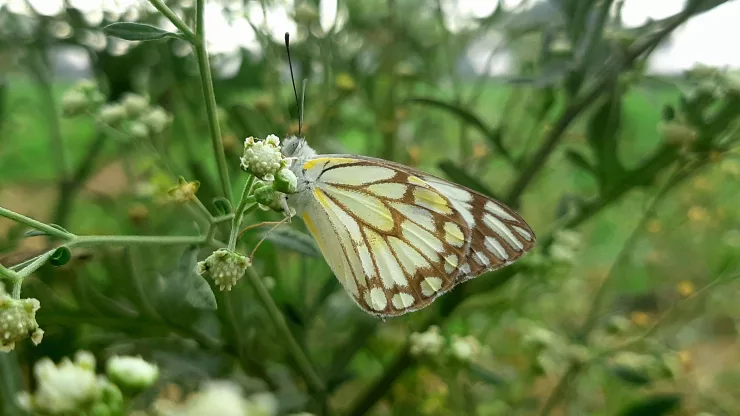As human populations continue to grow and expand, cities are expanding too.
The natural habitats of many animals are being destroyed, and these animals are forced to adapt to urban environments to survive.
Surprisingly, many species are actually thriving in cities, and are even better adapted to city life than their rural counterparts.
In this article, we will explore the unexpected ways in which wildlife is adapting and thriving in urban areas.
Jump to Section
How Wildlife Thrive in Cities
Wildlife is incredibly adaptable, and many species have found ways to thrive in urban environments.
Some animals, like pigeons and rats, have always lived in close proximity to humans, but others are adapting to city life in unexpected ways.
For example, coyotes are becoming increasingly common in cities across North America, while peregrine falcons are nesting on skyscrapers in major cities like New York and Chicago.
Even large predators like mountain lions and bears have been spotted in urban areas.
Adaptations for Urban Life
Animals that live in urban areas have had to adapt to new challenges, such as finding food and shelter in a built-up environment, and avoiding traffic and other hazards.
Many animals have become more nocturnal to avoid humans, while others have learned to scavenge from garbage cans and dumpsters.
Some, like squirrels and pigeons, have even learned to recognize and approach people for food.
Others, like coyotes and raccoons, have adapted to living in smaller territories than their rural counterparts.
The Surprising Benefits of Urbanization
While urbanization is often seen as a negative force for wildlife, there are actually some benefits to living in cities.
For example, many urban areas have lower rates of predation and disease than rural areas, which allows some species to thrive.
Additionally, the urban environment can provide abundant sources of food and shelter, as well as a more stable climate than rural areas.
Finally, some species have found that cities provide a safe haven from predators and other threats in the wild.
Coexisting with Wildlife in Cities
As cities continue to grow and expand, it is important that we learn to coexist with the wildlife that lives among us.
This means taking steps to reduce our impact on the environment, such as reducing our use of pesticides and other pollutants, and creating green spaces for animals to live in.
It also means learning to live with the animals that share our cities, and taking steps to avoid conflicts with them.
This may include securing garbage cans and compost bins, keeping pets indoors, and avoiding feeding wildlife.
FAQ
How can I tell if an animal is sick or injured?
If you see an animal that appears sick or injured, it is best to contact your local animal control or wildlife rehabilitation center.
Do not attempt to handle the animal yourself, as this can be dangerous for both you and the animal.
What should I do if I encounter a coyote or other large predator in the city?
If you encounter a coyote or other large predator in the city, it is important to give them plenty of space and avoid approaching them.
Do not attempt to feed or interact with the animal, and keep pets on a leash or indoors.
If the animal appears sick or injured, contact your local animal control or wildlife rehabilitation center.
How can I create a wildlife-friendly garden in the city?
To create a wildlife-friendly garden in the city, consider planting native plants that provide food and shelter for local wildlife.
Avoid using pesticides and other chemicals, and provide water sources like bird baths and small ponds.
You can also create nesting boxes and other structures for birds and other animals to use.
I’m a nature enthusiast and creator of Metro Wilds and have spent years exploring the great outdoors.
With a passion for environmental conservation and sustainability, I have dedicated my career to writing about the beauty and wonders of nature, as well as the threats facing our planet.
Contact me at [email protected] for assistance.

